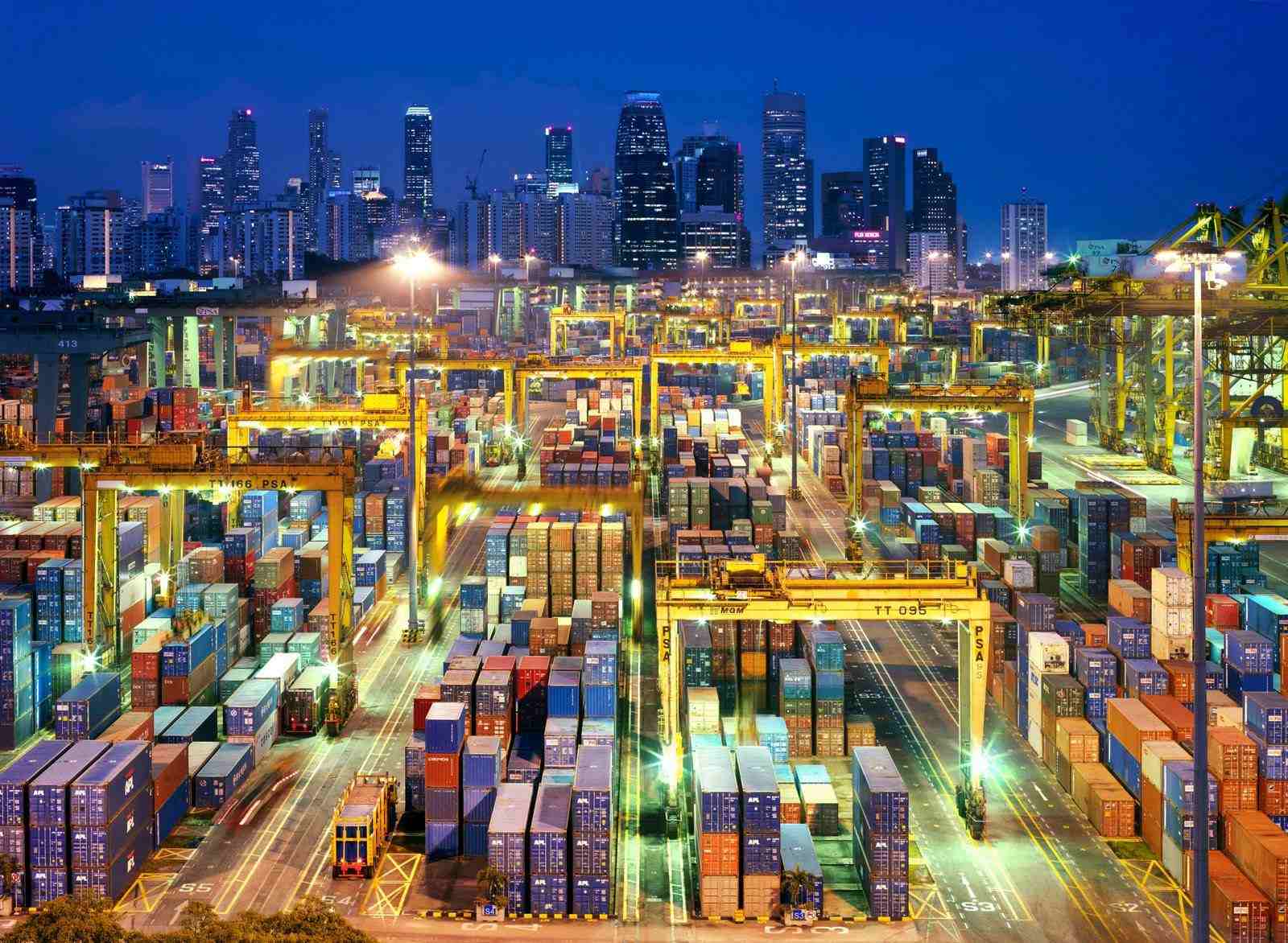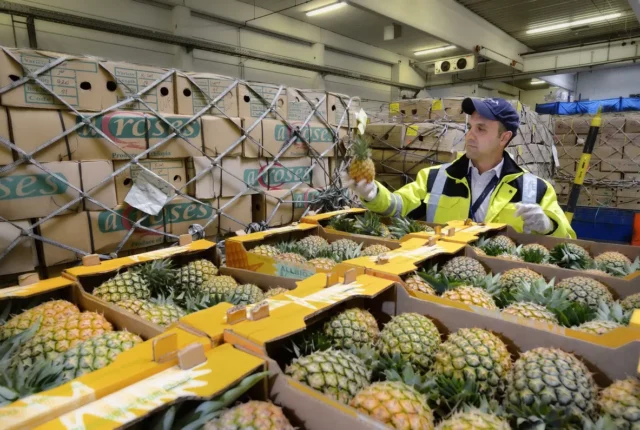
Singapore Expands Night Container Operations to Reduce Backlog
The Maritime and Port Authority of Singapore working in conjunction with PSA, other operators, and the carriers in the port continues to take steps to increase efficiency and ensure the backlogs that cropped up a few months ago remain in check.
Starting September 4, they are making a trial at moving containers overnight on barges a permanent part of port operations.
“MPA and PSA Singapore have successfully completed a four-month trial with six barge operators, allowing for the night movement of line-towed container barges to and from Pasir Panjang Terminal (PPT) between 7:00 pm and 6:30 am,” reports the MPA. “This initiative was part of MPA’s ongoing efforts to review its rules and regulations to reduce business costs and turnaround time, enhance resource optimization while ensuring safety.”
Based on the success of the trial it is being formalized with the report saying it will fully utilize the night window to transport containers on barges into and out of the Port of Singapore and neighboring ports, including those for transshipment. By enabling more containers to be delivered on barges throughout the day at PPT, the MPA says it will improve connectivity with regional ports, enhance port efficiency, reduce the time container and feeder vessels spend at berth, and the need for containers to be transported between land terminals.
Each line-towed barge can carry an average of 300 TEUs and regulations are being implemented to ensure safety. These include compulsory pilotage for the barges, restrictions on the length of towing lines, and close monitoring of barge movements by MPA’s vessel traffic management system. Previously, night movement for line-towed container barges was only permitted at Brani and Keppel Terminals, where navigational traffic is less complex than around PPT.
The MPA’s efforts achieved a quick turnaround for a situation that was spreading from Singapore to impact neighboring ports. In June, tracking service Portcast said the delay had skyrocketed to seven days on average at Singapore with an estimated 450,000 TEU waiting in the anchorage.
At the end of August, Linerlytcia’s data shows just 60,000 boxes on ships in the anchorage with 264,000 TEU on the dock. Vessels waiting went from 28 at the beginning of July to just five at the end of August based on Linerlytica data. The report shows Singapore has the lowest queue-to-berth ratio of any of the major ports.
The MPA reports they achieved this turnaround by commissioning new berths at Tuas Port, reactivating berths and yard spaces at Keppel Terminal, increasing manpower capacity, and working with shipping and feeder lines on the scheduling for operations. Most container vessels they report now completed their simultaneous cargo handling and bunkering within a day of arrival.
According to MPA data, the Port of Singapore handled 23.82 million TEU in the first seven months of 2024. That represents a six percent increase in volume year-over-year.
Source: Article






